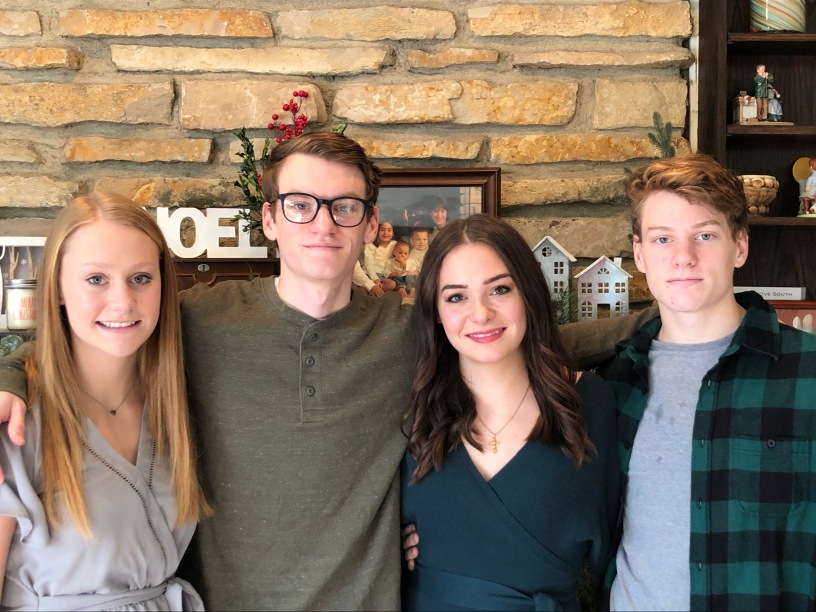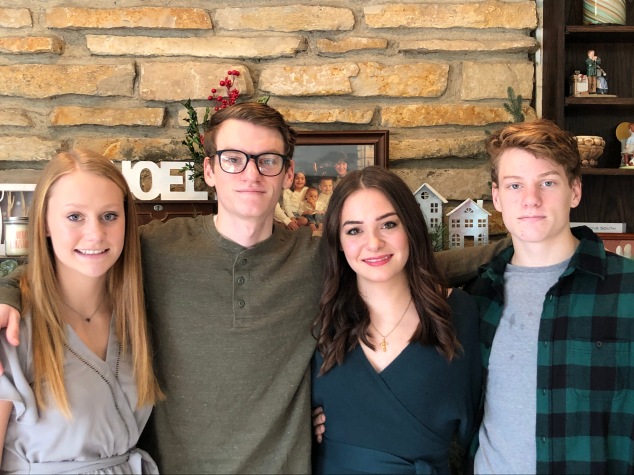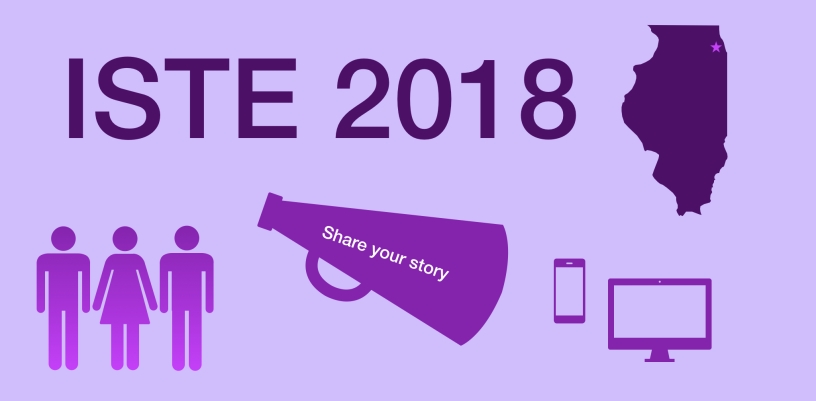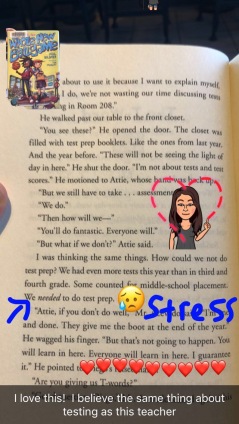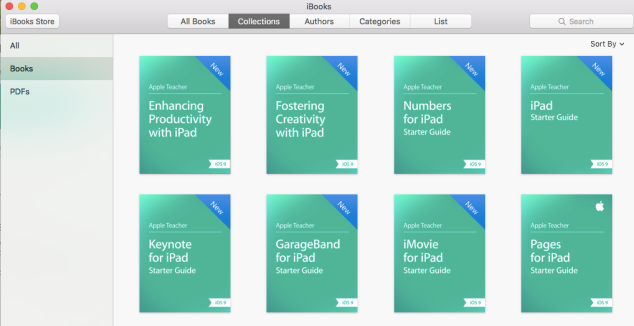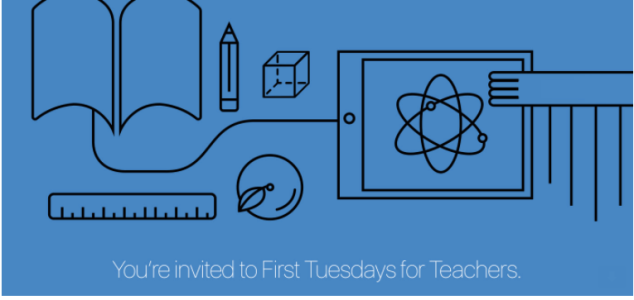You’re at a conference and are introduced to a ton of new resources to use in your classroom. You are so excited to share the resources with your teammates and anyone else who will listen! The evening is spent planning a super fun and engaging lesson that uses the latest app or website. In the morning, you are all set and ready to get your students logged in and start using the resource. However, there is one thing you forget to do. As many of us have never done. You didn’t check the Terms of Service of the resource to see how they use your student’s data. I admit it, I’ve done this before. I have used websites and apps without a second thought about my personal data or my students. I need to make some swift changes and start being a better model of what a good digital citizen looks like to my colleagues and students.
Since I am starting a new position in the fall, I decided to start by reviewing 3 websites I know I’ll be using with my students. FUSE, CodeCombat, and SketchUp for Schools . The FUSE website is very straight forward. It is an online STEM Lab and Makerspace curriculum housed at Northwestern University. Users need to be 13 years or older, unless they have parent permission which is granted through the partnering school. FUSE collects personal data such as name, gender, ethnicity, and birthdate. If a parent does not want that information collected, their child can set up an anonymous guest account. This account however, does not keep track of the student’s progress. Data collected is stored on a secure server. Once your account is no longer active, FUSE will destroy any personal data related to you, but may keep information related to your progress or any demographic information, but your contact information will not be related to it. I was actually not surprised by the information I found. This is a reputable program geared towards middle school and high school users, I figured they would be compliant. One thing I did find surprising was the Creative Commons Attribution-Share-Alike 4.0 license protecting the user’s content. Under this license, any content submitted by a student allows other users to use and change that content as long as the original content is credited. This is information I will need to share with my students as they begin creating. I will definitely use the FUSE program in the fall.
CodeCombat is the second website that I investigated and is an open source coding program. All personal data is stored behind a secure network with a limited number of persons who have access to it and abide by confidentiality. The Terms of Service shared many different “Acts” that they comply to, many I’ve never heard of before. SOPIPA, Fair Information Practices, CAN-SPAM Act, and General Data Protection Regulation for EU users to name a few. The two that educators should be on the lookout for are COPPA ( Children’s Online Protection Privacy Act) and FERPA (Family Educational Rights and Privacy Act). CodeCombat complies with both of these Acts which protect children’s data. I again, was surprised by the Creative Commons Attribution license asking that any media or creative works used to create a level in the game be cited appropriately. This website will be used with confidence this fall!
The final website I looked at was SketchUp for School. This is a design site where you can create 3 dimensional designs that could later be 3D printed. The language used in their Terms of Service, was difficult to read (very legal sounding). It is required to use a third party login to obtain usage rights on the site. The Terms of Service basically say that the third party is the one with any personal information so Trimble (home company) is not liable for any personal information of the user. There is also a section that explains how Trimble owns any content created by the user. They also state any comments, feedback, and any other data put on their site is their property and the user has no rights to it. (It is all very legal sounding, so this is what I am interpreting it to say.) Because of this last part, I am not sure I want my students using this site. To me it sounds like my student’s intellectual property will be compromised and I am not willing to let that happen. I am going to move forward by having our Tech Director take a look at these terms and see if I am misreading the information, I will update as soon as I get an answer back.
Our district has a committee that looks for COPPA and FERPA compliance on websites they know are being used by the classroom teachers. But what about the websites or apps a teacher wants to use after hearing about it a conference or on Twitter? Are educators aware that checking this information out is part of their responsibility? Before I spend all night planning that fun and engaging lesson with a new resource, you can find me searching the bottom of the webpage looking for the Terms of Service and Privacy link. Please consider doing the same!
Now that…is Positively Techie!

